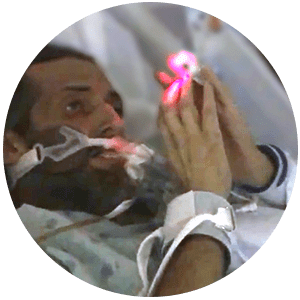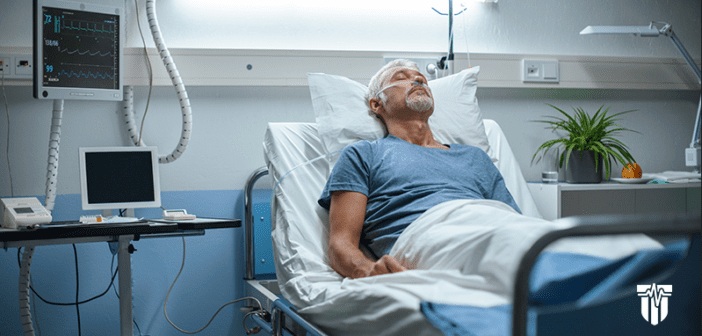In the United States, one in every six individuals has experienced a brain injury. When a patient with a brain injury is in a coma, doctors typically rely on bedside exams that test motor reflexes to evaluate responsiveness. This exam may include a light flashing in the patient’s eye, installing cold water in the ears, or inducing pain. A lack of response to these tests has typically led doctors to conclude that the patient is completely unconscious and unaware.
However, a groundbreaking new study challenges this assumption. A group of international medical centers discovered that many brain-injured patients who appear unresponsive are actually aware. This state where a patient deemed unconscious still possesses cognitive function and awareness is referred to as “Cognitive Motor Dissociation” or “covert awareness.”
The study analyzed 353 patients believed to be unconscious. Of these, 241 were in a coma or exhibited signs of minimal consciousness. Researchers gave verbal commands, such as asking the patients to imagine they were swimming or to open and close their hands. The researchers then observed brain activity and signs of cognitive function through EEG brain scans, testing brain waves. A functional MRI was also used to measure activity in the brain based on blood flow, unlike a standard MRI, which produces 3-D images of the brain.
A quarter of the patients mentally performed the tasks, despite being unable to respond physically. The finding suggests that the state of “covert awareness” is more common than previously thought, affecting approximately one in four unresponsive brain-injured patients.

Don’t miss important Pro-Life stories like this.
>> Get the Pro-Life Weekly Highlight just once a week:
The study highlights that current diagnostic tools for testing awareness are critically limited. Standard imaging techniques, like CAT scans and traditional MRIs, often fail to reveal signs of consciousness. As a result, doctors may prematurely conclude that a patient is completely unconscious and without hope of recovery. This can lead to incorrect declarations of brain death and, in turn, legal death, denying the patient an opportunity to recover.
One of the study’s authors, neurocritical care specialist Jan Claassen, stated, “Not every critical care unit has the resources or staff in using EEG or FMRI to detect cognitive-motor dissociation.” Limited access to these resources can result in missed opportunities to recognize and address covert awareness. Caroline Schnakers, assistant director of the Casa Colina Research Institute, who was also involved in the study, says that the idea that so many patients “could be able to at least respond to their environment, but are not given the right tools for doing so — that’s very alarming for clinicians.”
The implications of this study are profound. Accurate diagnosis of awareness in brain-injured patients is essential to avoid the incorrect declaration of death. This new study offers hope for a better understanding of brain injuries, which can make all the difference in patient care and recovery.
Thank you for reading this story! If you support our Pro-Life ministry, chip in with a life-saving contribution today!


